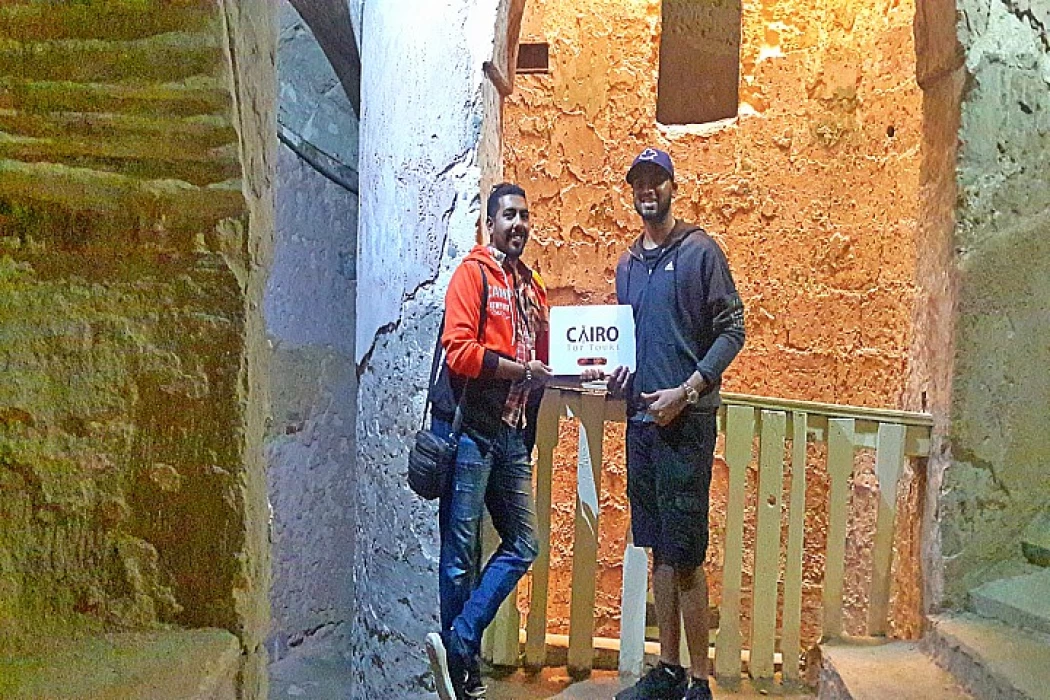
Egypt During the Ptolemaic Era | Ptolemaic Dynasty
Information about The Ptolemaic Era in Egypt
It is reported that Egypt suffered a great deal before Ptolama came to it; It was under the hostile Persian occupation, which ridiculed Egypt's religions, desecrated its temples, invalidated its religious rites, and used force to impose its religion on Egyptians.
The Ptolameh demonstrated their respect for ancient Egyptian religions, paid attention to Egypt and its strategic position, and lived in its cities, especially the city of Alexandria; They have made it one of the world's most important commercial cities and have become a prestigious scientific beacon; This is because students of science from all corners of the globe went to their schools and libraries.
Although Ptolemy simply used the title "satrap of Egypt," his 311 bce hieroglyphic Satrap stela demonstrates a level of confidence that goes beyond his viceregal role.
Ptolemy's lineage continued to rule Egypt until Cleopatra VII passed away on August 12, 30 bce. Following Alexander's demise and the challenges faced by his successors, other kingdoms came to be. It was the most powerful politically and culturally for the most of the following 300 years, the wealthiest, and the last to come under direct Roman rule.The Ptolemaic monarchy in Egypt established a pattern for other Hellenistic kingdoms in many ways. This pattern resulted from the Greeks and Macedonians realizing that they needed to control Egypt, its people, and its resources while also firmly directing Egypt's power toward the Mediterranean region, which was steadily becoming more and more Hellenized.
After the Romans overthrew the Ptolemaic dynasty in Egypt in the Battle of Actium in 31 BC, Queen Cleopatra VII committed suicide and her son Ptolemy Caesarion XV was murdered, marking the tragic end of Ptolemaic authority in Egypt.















